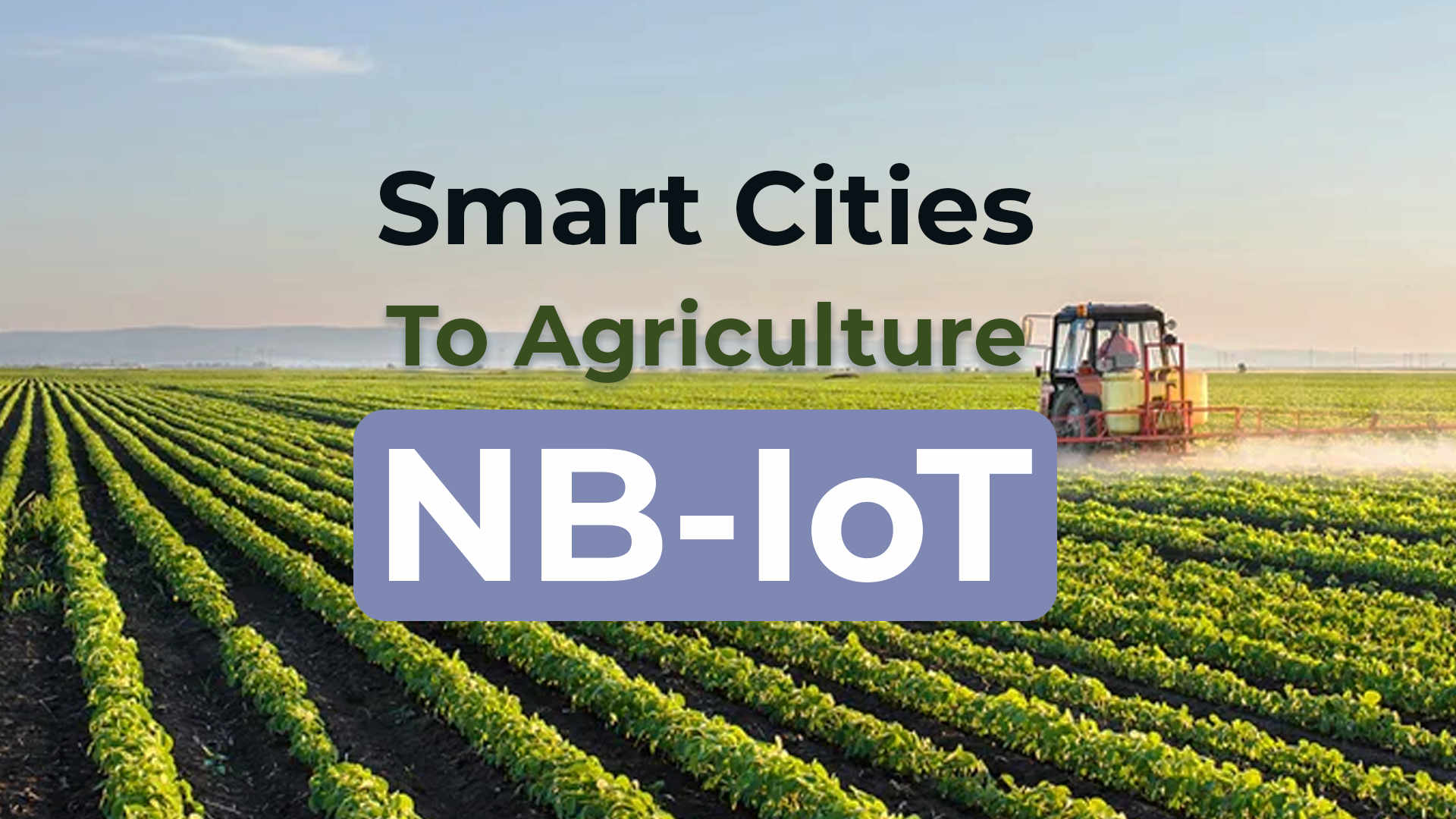Introduction
Internet of Things (IoT) has drastically transformed how we interact with the world, and at its heart lies a significant technology: NB-IoT acquired by changing the name of eMTC from Narrowband Machine Type Communication to Narrowband IoT. NB-IoT which is an LPWAN technology was defined by 3GPP in Release 13 in 2016 for fulfilling the requirements of a large number of IoT devices and services with reliable and efficient connectivity.
This blog provides an understanding of NB-IoT, Its key benefits, and, its applications.
What is NB-IoT?
NB-IoT is one of the communication protocols in IoT. It is a cellular IoT that aims at networks that need long battery lifetime, size of the coverage area, and many low data rate devices.
NB-IoT, on the other hand, is optimized for coverage and power consumption and does not require high bandwidth or low latency, which means It is more suitable for low data rate and low-duty cycle IoT devices.
Key Benefits of NB-IoT
Extended Coverage and Deep Penetration
Some of the benefits of NB-IoT include the higher range, and also penetration indoors. Since NB-IoT operates in licensed spectrum bands, it can offer stable connections in such environments as underground parking lots, rural areas, and buildings. This makes it uniquely placed for use in smart metering or tracking of assets in factories among other applications.
Low Power Consumption
NB-IoT consumes comparatively very low power consumption as it is integrated to support a battery life of up to 10 years for low-power devices. This is realized by features such as Power Saving Mode (PSM) and Extended Discontinuous Reception (eDRX) that enable a device to go to sleep periodically whenever it is not transmitting data to save on power.
Cost-Efficiency
Compared to other cellular IoT solutions, NB-IoT modules normally require less and are lower cost in hardware system complexity thus requiring less costs to produce and implement. In addition, low bandwidth utilization means that the is low hence leading to low operational expenses which is critical when the initiative is being deployed at a large scale.
Applications of NB-IoT
NB-IoT can play a role in many industries because of its generality and effectiveness. Here are some notable sectors benefiting from this technology:
Smart Cities
In smart cities, NB-IoT has an important role it provides solutions with smart streetlights or waste collection systems. Applications that are installed on streetlights can adjust the brightness to cater to traffic and weather hence decreasing energy consumption. Likewise, connected waste bins can communicate with management systems when they need to be emptied to minimize collection routes and cut the expenses of municipalities.
Agriculture
NB-IoT is bringing smart farming to agriculture through improved automation. Smart sensors that measure the moisture, minerals, and soil temperature and relay this information to farmers enable the farmer to water and fertigate optimally resulting in better yields and use of inputs. Monitoring of Livestock Using NB-IoT to give real-time information on the health and activity of animals, the welfare of animals, and productivity is enhanced.
Healthcare
Specifically in the healthcare industry, NB-IoT creates value by improving patients’ quality of care and the effectiveness of the processes in the organization. Smart clothing contains gadgets that can track various body signs including the rate of heartbeat, body temperature, and glucose levels.
This information can notify the healthcare givers of an anomaly. Supervision of medical equipment from a distance helps to identify when it needs repair, thus increasing its availability and the quality of services provided.
Asset Tracking
It is also ideal for industries that rely on logistics and supply chains to have strong solutions for asset tracking and monitoring as provided by NB-IoT. Some of the applications that include NB-IoT modules in their devices are; The devices can give real-time location tracking and also parameters like temperature and humidity of the consignment in transit.
This helps to preserve some delicate products like drugs and food through less wastage and theft.
Conclusion
NB-IoT is proven to be ahead of the IoT market with its perfect solution for various applications. Hence, for those enterprises interested in embracing IoT in creative ways, its coverage, power utilization, and costs make it the ultimate technology at the moment.
They indicate that as technology grows it will mean new opportunities and will be a major factor in the advancement of social communications
Check out other Communication Protocols in IoT
Everything Need To Know About Wi-Fi (IEEE 802.11)
Bluetooth Low Energy | Powering the IoT Revolution
What Is ZigBee? | A Comprehensive Guide
LoRaWAN Simplified | Work, Components, Applications And Advantages



